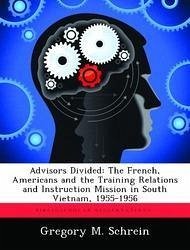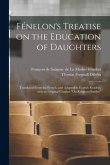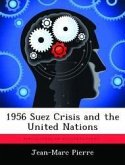This monograph examines the effectiveness of the combined French and American Training Relations and Instruction Mission. The United States' fears regarding the spread of communism during the 1950s appeared justified in Vietnam following the French defeat at Dien Bien Phu. Following the Geneva cease fire agreements in July 1954, the United States moved to fill the impending void of benefactor to the non-communist South Vietnamese. Prior to departing, both the United States and France agreed to conduct a combined advisory mission. Composed of French and American personnel, members of the Training Relations and Instruction Mission were chartered to reorganize the Vietnamese National Army and prepare them for a conventional war. Unfortunately, from the American advisors' perspective, all three nations were responsible for the multitude of leadership disagreements regarding objectives, organization, training, and a general lack of trust among all parties. All of these issues confronted 300 American advisors in early 1955 and did not resolve until France departed in 1956. During that period, the Training Relations and Instruction Mission achieved only marginal results and never accomplished its goal of reorganizing the Vietnamese National Army. The major issues that plagued the Training Relations and Instruction Mission, regardless of recently published doctrine, still exist today in contemporary operations.
Hinweis: Dieser Artikel kann nur an eine deutsche Lieferadresse ausgeliefert werden.
Hinweis: Dieser Artikel kann nur an eine deutsche Lieferadresse ausgeliefert werden.








